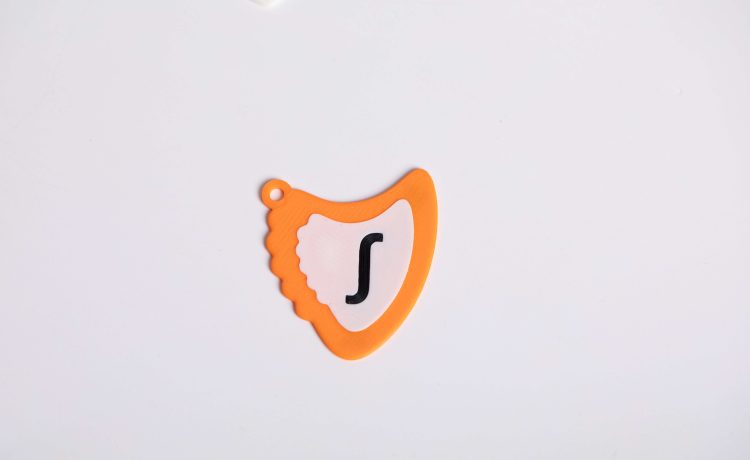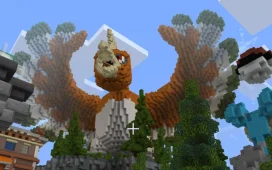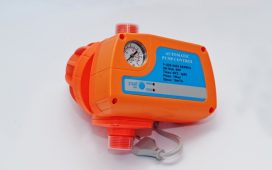For the past few years, 3D printing has been in a comfortable groove. We’ve mastered our settings, debated the merits of PLA vs. PETG, and filled our workshops with useful brackets, figurines, and prototypes. But that familiar landscape is changing, and it’s changing fast.
The technology is taking a major leap forward, evolving from a simple, layer-by-layer “fused deposition” tool into an intelligent, adaptive, and sustainable manufacturing partner.
The era of hitting “print” and just hoping for the best is coming to an end. In 2025, we’re witnessing the rise of the true “desktop factory”—a smarter, more versatile, and more responsible ecosystem. Here are the five biggest trends defining the future of 3D printing.
1. The AI Print Supervisor
The single biggest leap forward isn’t in hardware; it’s in intelligence. Artificial intelligence is moving directly into the printer, acting as a live-in supervisor that ensures every print succeeds.
This goes far beyond the “spaghetti detection” cameras of the past. New AI systems are:
- Predicting & Preventing Failures: The AI is trained to recognize the tiniest visual cues of an impending failure—a slight warp, a small blob, or a minor layer shift—and will intervene before it becomes a 12-hour-long spaghetti monster.
- Optimizing in Real-Time: The AI can actively adjust parameters during the print. If it detects a bit of stringing, it might automatically tweak retraction or temperature. If it sees a corner lifting, it might slow down and increase fan speed on that specific area.
- Intelligent Slicing: Before you even print, AI-powered slicers are optimizing your model, suggesting the best orientation for strength, automatically generating more efficient support structures, and using “adaptive layer heights” (thicker layers for straight walls, ultra-fine layers for curved details) to slash print times.
2. Multi-Material Printing Becomes Standard
For years, printing with multiple colors or materials was a complicated, failure-prone process reserved for high-end experts. That barrier is officially crumbling.
New systems with multiple, independent toolheads or rapid-switching mechanisms are making multi-material printing reliable and accessible. This isn’t just about printing a multi-colored logo. This is about creating truly functional, composite parts in a single print job. Imagine printing a part that has:
- A rigid, structural frame (made of PETG or Carbon Fiber)
- Flexible, non-slip feet (made of TPU)
- Conductive traces (using a conductive filament)
- Clear, light-pipe windows (using a transparent filament)
This trend transforms your 3D printer from a machine that makes parts into a machine that makes products.
3. The Rise of Sustainable & Recycled Filaments
As the hobby has grown, so has our mountain of plastic waste. Failed prints, support material, and empty spools are a serious environmental concern, and the industry is finally responding.
The “eco-friendly” 3D printer filament is becoming a major market. This trend is split in two:
- Recycled Materials: Companies are now offering high-quality filaments made from 100% recycled industrial waste (like rPLA and rPETG). These are no longer brittle, low-quality options; they are premium, reliable filaments that just happen to have a green footprint.
- Spool-less & Cardboard Spools: The bulky plastic spool is on its way out. “Refill” systems, where you buy a coil of filament and mount it on a reusable master spool, are becoming common. When you do buy a spool, it’s now often made of 100% recycled cardboard.
4. High-Speed Becomes the New Normal
If you’re still printing at a leisurely 60 mm/s, you’re about to be lapped. Thanks to new firmware like Klipper and smarter motion systems (like CoreXY), high-speed printing is no longer a “nice-to-have” feature; it’s a standard expectation.
Newer machines are now comfortably printing at 250 mm/s, 500 mm/s, or even faster without sacrificing quality. What this means in practice is that a “14-hour print” is now a “3-hour print.” This speed dramatically accelerates innovation, allowing you to design, print, test, and iterate on a part multiple times in a single day.
5. The 3-in-1 “Desktop Factory”
Makers are realizing that 3D printing is just one part of the creative process. A 3D-printed enclosure is just a plastic box until you can laser-engrave a logo on it. A 3D-printed jig is just a holder until you can use a CNC module to mill the final part out of wood or aluminum.
Modular, all-in-one machines that combine 3D printing, laser cutting, and CNC carving on a single frame are becoming the new centerpiece of the workshop. This consolidation saves space and money, but more importantly, it creates a powerful, integrated workflow where all three tools work together to create professional, finished products.













